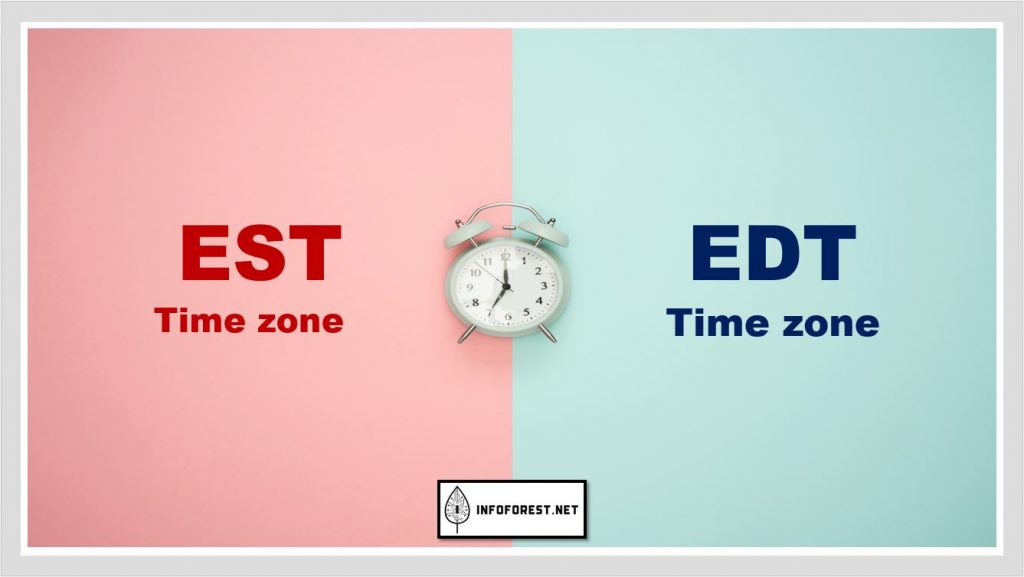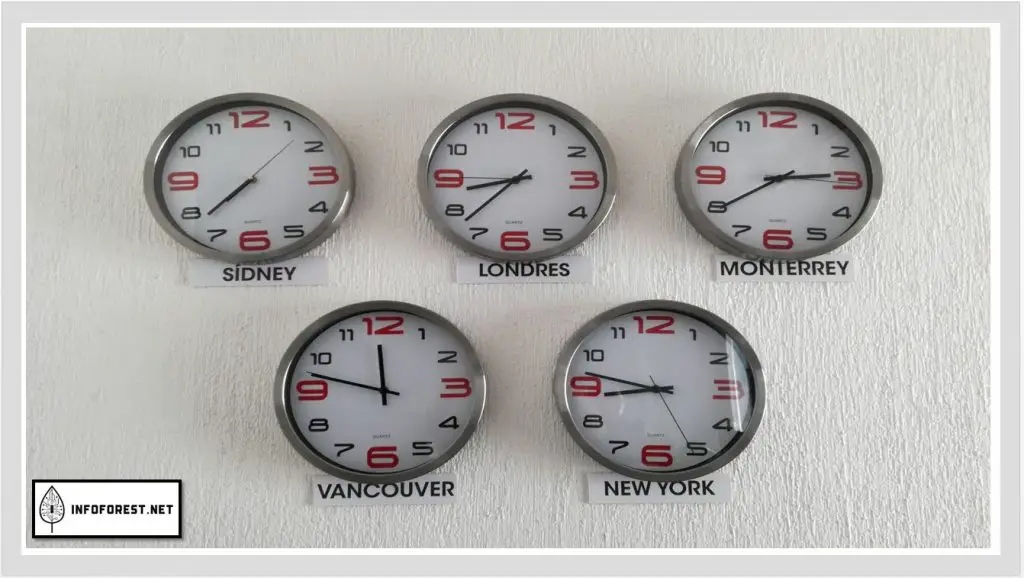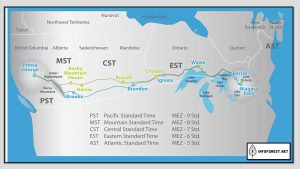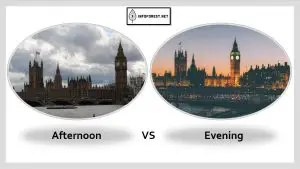
The concept of time zones is used to allow people in different parts of the world to use the same time, even though the sun may be in a different part of the sky in each place. Time zones are typically defined as a region of the Earth that observes a uniform standard time for legal, commercial, and social purposes.in this article, we will introduce all differences Between EST and EDT in detail.
Each time zone is typically offset from Coordinated Universal Time (UTC), which is the primary time standard that is used by the majority of the world’s time zones. For example, the Eastern Standard Time (EST) time zone is 5 hours behind UTC, while the Pacific Standard Time (PST) time zone is 8 hours behind UTC. Time zones are necessary because the Earth is divided into approximately 24 time zones, each about 15 degrees wide. This means that the time of day can vary significantly from one place to another, even if the two places are relatively close together.
There are also daylight saving time (DST) systems in place in many parts of the world. DST is a way of adjusting the clock during the summer months so that there is more daylight in the evenings. During DST, the clock is typically set ahead by one hour.

What is EST?
Eastern Standard Time (EST) is a time zone that is used in North America and some parts of the Caribbean. It is observed in the Eastern Time Zone (ET) of the United States, which includes the states of Connecticut, Delaware, Georgia, Maine, Maryland, Massachusetts, New Hampshire, New Jersey, New York, North Carolina, Ohio, Pennsylvania, Rhode Island, South Carolina, Vermont, and Virginia. EST is also observed in the Eastern Time Zone of Canada, which includes the provinces of Ontario, Quebec, and Nunavut.
During the winter months, the time in the EST time zone is typically 5 hours behind Coordinated Universal Time (UTC). This means that when it is 12:00 noon in the EST time zone, it is 5:00 PM in UTC. In the United States, EST is observed from the second Sunday in November to the first Sunday in April. During this time, the clock is set back by one hour at 2:00 AM on the first Sunday in November, and it is set ahead by one hour at 2:00 AM on the second Sunday in March.
In Canada, the dates when EST is observed can vary slightly from year to year, depending on the local laws of each province. In general, EST is observed from the first Sunday in November to the second Sunday in March.
Most Viewed Articles
What is EDT?
Eastern Daylight Time (EDT) is a time zone that is used in North America and some parts of the Caribbean. It is observed in the Eastern Time Zone (ET) of the United States, which includes the states of Connecticut, Delaware, Georgia, Maine, Maryland, Massachusetts, New Hampshire, New Jersey, New York, North Carolina, Ohio, Pennsylvania, Rhode Island, South Carolina, Vermont, and Virginia. EDT is also observed in the Eastern Time Zone of Canada, which includes the provinces of Ontario, Quebec, and Nunavut.
During the summer months, the time in the EDT time zone is typically 4 hours behind Coordinated Universal Time (UTC). This means that when it is 12:00 noon in the EDT time zone, it is 4:00 PM in UTC.
In the United States, EDT is observed from the first Sunday in March to the first Sunday in November. During this time, the clock is set ahead by one hour at 2:00 AM on the second Sunday in March, and it is set back by one hour at 2:00 AM on the first Sunday in November.
In Canada, the dates when EDT is observed can vary slightly from year to year, depending on the local laws of each province. In general, EDT is observed from the second Sunday in March to the first Sunday in November.

Difference Between EST and EDT Comparison Table
Here is a table that summarizes the main differences between Eastern Standard Time (EST) and Eastern Daylight Time (EDT):
| EST | EDT | |
|---|---|---|
| Observed during | Winter months | Summer months |
| Offset from UTC | 5 hours behind | 4 hours behind |
| Observed in the Eastern Time Zone of | United States and Canada | United States and Canada |
| Dates of observation | Second Sunday in November to the first Sunday in April (US) | First Sunday in March to first Sunday in November (US) |
| Dates of observation | First Sunday in November to the second Sunday in March (Canada) | Second Sunday in March to the first Sunday in November (Canada) |
Difference Between EST and EDT Conclusion
To summarize, Eastern Standard Time (EST) and Eastern Daylight Time (EDT) are two time zones that are used in North America and some parts of the Caribbean. EST is observed during the winter months, while EDT is observed during the summer months. The main difference between EST and EDT is the offset from Coordinated Universal Time (UTC). During the winter months, the time in the EST time zone is typically 5 hours behind UTC, while during the summer months, the time in the EDT time zone is typically 4 hours behind UTC.
We also invite you not to miss our other popular articles such as:
Difference Between Eastern Time Zone and Central Time Zone
How to lose weight fast, How Many Ounces in a Gallon
Difference Between Evening and Afternoon
and How To Delete Instagram Account.






